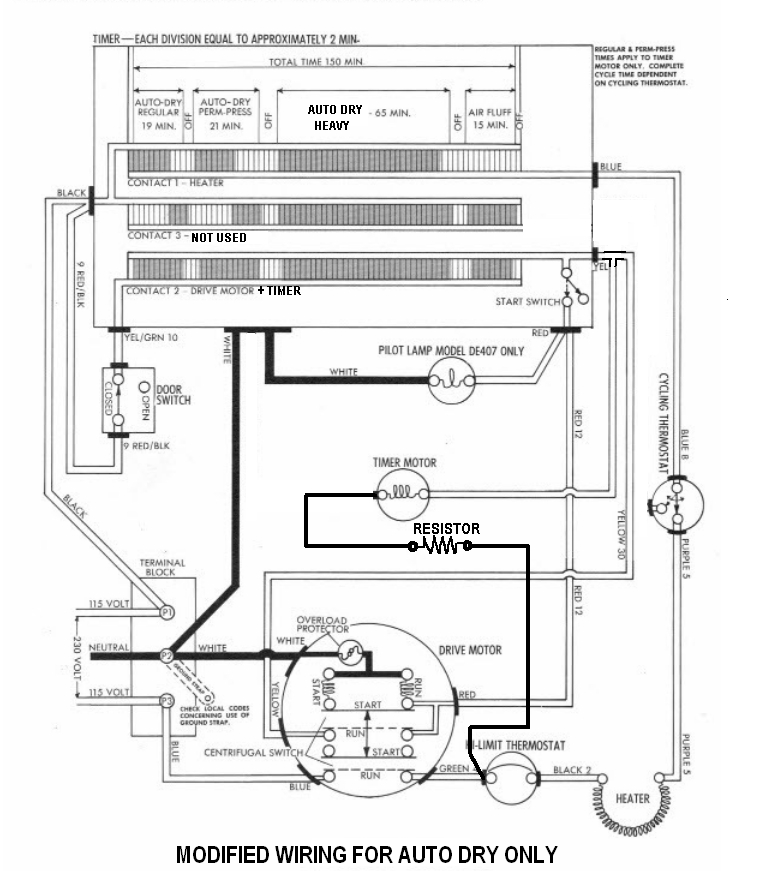Why do some dryers only offer 50 minutes of timed dry while others offer 70, 80 and still others 90 minutes? How do manufacturers choose what maximum dry time to put on their dials?
I ask because I came across this dry guide from a Kenmore owner's manual:

I notice Towels, Jeans and bedspread dry times are based on a heat setting of high. Does that mean the user should not dry them on medium or delicate? I only use medium heat for towels because I find high to be way to hot. And since the manual recommends resting the time as needed, does that mean its common for clothes to come out of the dryer damp?
https://s3.amazonaws.com/sm-backend-production-attachments/owners-manual-3405586-RevA.pdf
I ask because I came across this dry guide from a Kenmore owner's manual:

I notice Towels, Jeans and bedspread dry times are based on a heat setting of high. Does that mean the user should not dry them on medium or delicate? I only use medium heat for towels because I find high to be way to hot. And since the manual recommends resting the time as needed, does that mean its common for clothes to come out of the dryer damp?
https://s3.amazonaws.com/sm-backend-production-attachments/owners-manual-3405586-RevA.pdf











